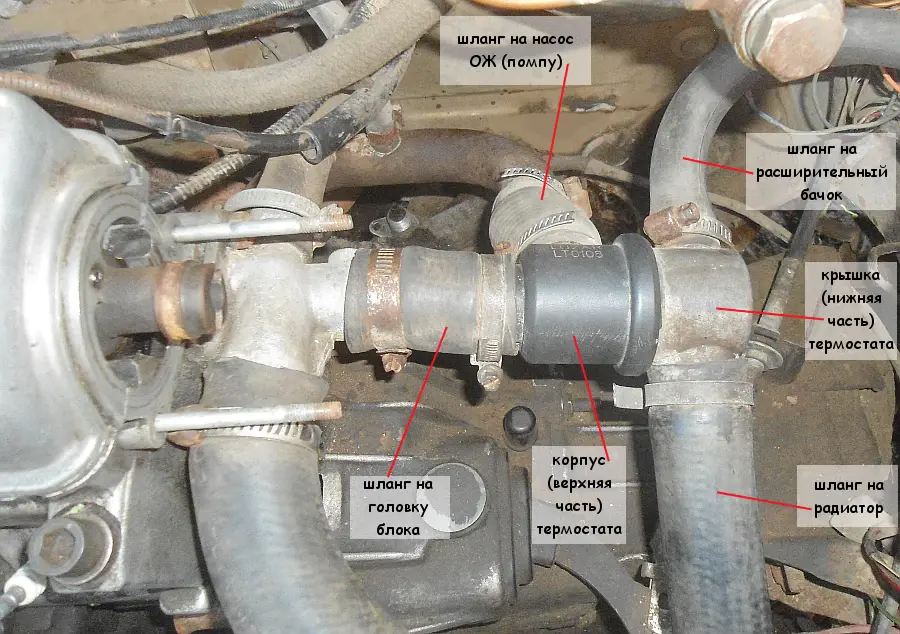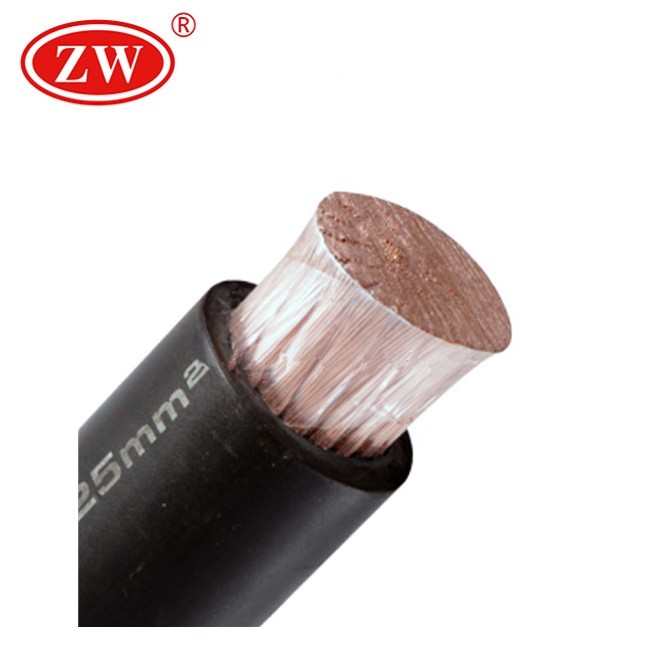
Symptoms of a Faulty or Faulty Thermostat
Content
Common symptoms include very high or erratic temperature readings, engine overheating, and coolant leaks.
The car thermostat regulates the flow of coolant through the engine and is an incredibly important player in your car's engine performance. You may hear the phrase "thermostat stuck open or closed". When the engine sits for a while and does not warm up, the thermostat will close. Once the engine is running and reaches a certain operating temperature, a sensor inside the thermostat will cause it to open, allowing coolant to flow to and from the radiator, lowering the temperature so it can be recirculated through the engine again. This constant flow (combined with several other cooling system components) keeps your car's engine running at optimum temperature.
Timely opening and closing of the thermostat is critical to maintaining proper engine temperature. In the event that the thermostat is "stuck" in the closed position, the coolant cannot circulate through the radiator and eventually back through the engine, resulting in extremely high engine temperatures. Similarly, if the thermostat gets stuck open, coolant flow stays constant, causing the car's engine temperature to never reach its optimum heat level, creating performance issues and accelerating wear on parts. There are 4 common symptoms associated with a bad or faulty thermostat.
1. High temperature readings and motor overheating
The first and perhaps most alarming symptom will be that the temperature gauge will show red for the first 15 minutes of your car's engine running. This is often the first sign that the thermostat is not working properly. This means no coolant is getting to the engine because the thermostat is stuck closed and your car's engine can quickly fail.
2. Low temperature readings and overheated engine
A thermostat stuck in the open position constantly pushes coolant into the engine and causes a lower operating temperature. Your temperature gauge will show an arrow that barely increases or stays at its lowest level. This will reduce the efficiency of the engine and increase emissions over time, as well as accelerate the wear of parts.
3. Temperature changes randomly
Intermittent temperature fluctuations can also occur, causing sudden temperature spikes and drops, ultimately resulting in reduced engine performance and reduced fuel consumption. In this case, you may see an abnormally low temperature at one point and rise to an abnormally high level shortly thereafter. The thermostat itself isn't stuck in either position, but it will still give false readings and cause problems with coolant regulation.
4. Coolant leaks around the thermostat housing or under the vehicle
Another sign could be a coolant leak, which can happen when the thermostat isn't letting coolant through when it's stuck in the closed position. This can be noticeable in many places, but most often around the thermostat housing. This can eventually cause other coolant hoses to leak as well, often resulting in coolant leaking to the ground underneath your vehicle.
Thermostat replacement is a fairly inexpensive repair to your car that prevents potentially thousands of dollars of engine damage due to overheating. If any of the above symptoms sound familiar to you, it might be time to see an experienced mechanic to diagnose your vehicle.

